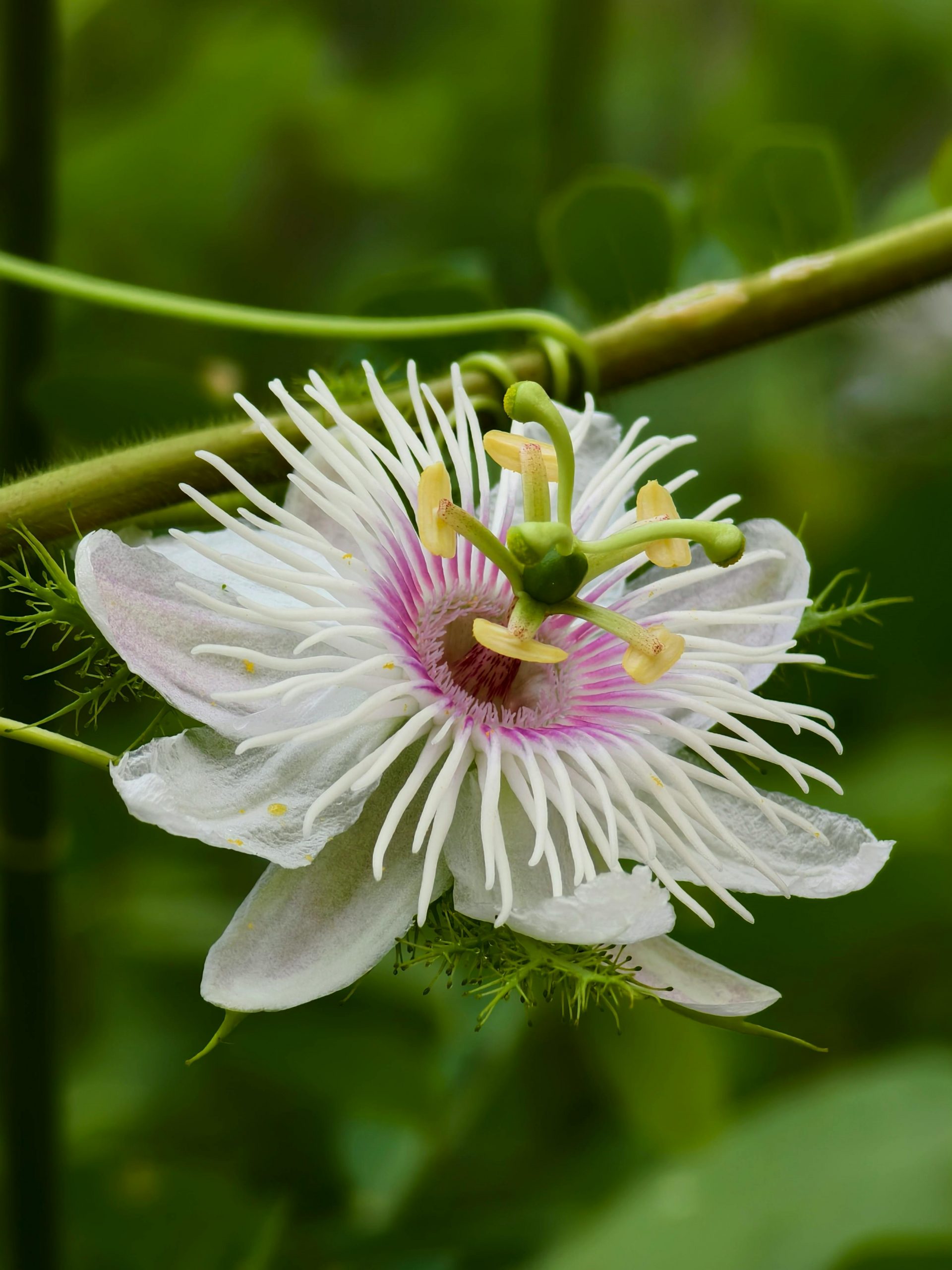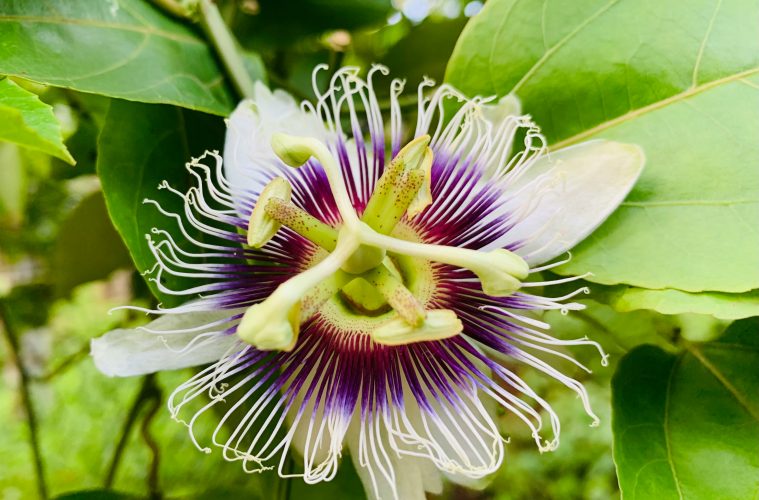Passion flowers are these unusual-looking flowers with long, teardrop-shaped leaves that produce delicious fruits during the springtime. Most but not all passion flowers produce edible, slightly tart fruits. Depending on the variety you are growing in your garden, passionflowers will attract bees, butterflies, and many pollinators. Here’s how you can grow this plant and watch it produce its delicious tart-like plants.
How to grow passionflower plants
Passionflowers are low-maintenance during their growing season. Most varieties of passionflower can be easily grown from seedlings. They can either be propagated from seed or slowly cultivated by buying or harvesting their seeds. You can easily harvest the seeds when the passion fruits ripen completely. On well-draining but rich and moist soils, you can cultivate your flowers.
These plants thrive in soil with a neutral to acidic pH. To promote healthier growth for your flowers, add a layer of compost around the base of the plant. This will provide essential nutrients, help retain moisture, and protect the roots.. With the right growing conditions, from water, soil and even the humidity. These plants will climb your garden trellis, blooming and producing one of the best summer fruits in your garden.

Image Credit: Pexels
How to harvest passion fruits
As your passion fruit plants grow, they will remain green until they reach full maturity. At this point, they will undergo rapid colour changes within a few days. When ripe, most passion fruit varieties will naturally fall to the ground. The maturity of the plants can be easily distinguished before they even fall to the ground. Knowing when they are fully ripe is an important factor in determining the fruit’s taste, texture, and quality. The maturity of passion fruit can be identified through several indicators, such as the colour, texture, the weight and even the moisture of the plants when held.
While picking the fruit directly from its vines, it is challenging to ensure that the fruit is fully ripe on the inside. What most gardeners do is to regularly collect the fruit that has fallen to maintain its quality. Ripe passion fruit remains firm, but it starts to wrinkle over time as it loses water, primarily from the peel. To maintain the best quality of your fruits, you should harvest them by cutting them off or allowing them to fall to the ground. Passion fruits do not tolerate being pulled from their vines.

Image Credit: Pixabay
ALSO SEE: MASTERING THE ART OF MIKLWEED SEED HARVESTING: A COMPLETE GUIDE
Mastering the art of milkweed seed harvesting: A complete guide
Feature Image: Unsplash

